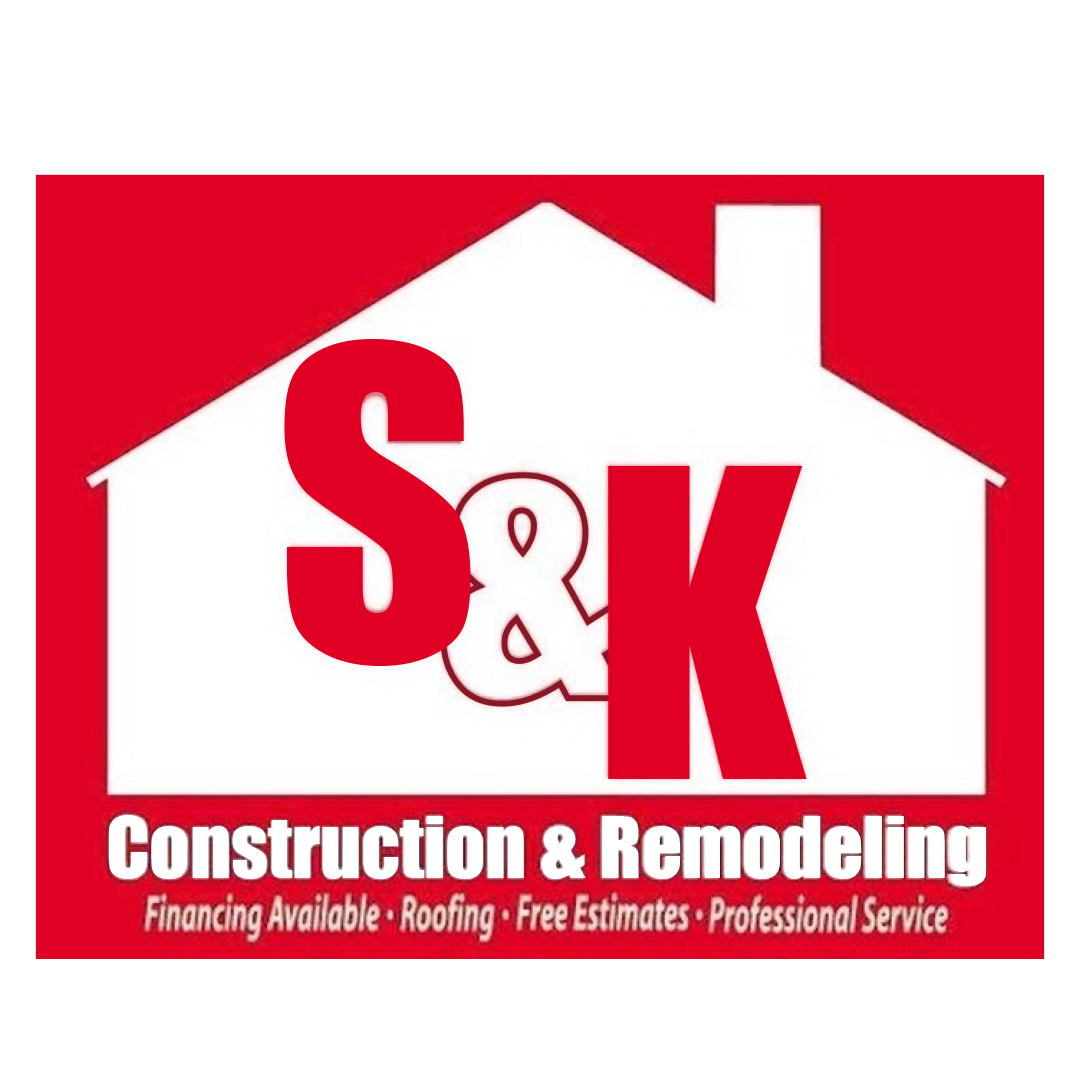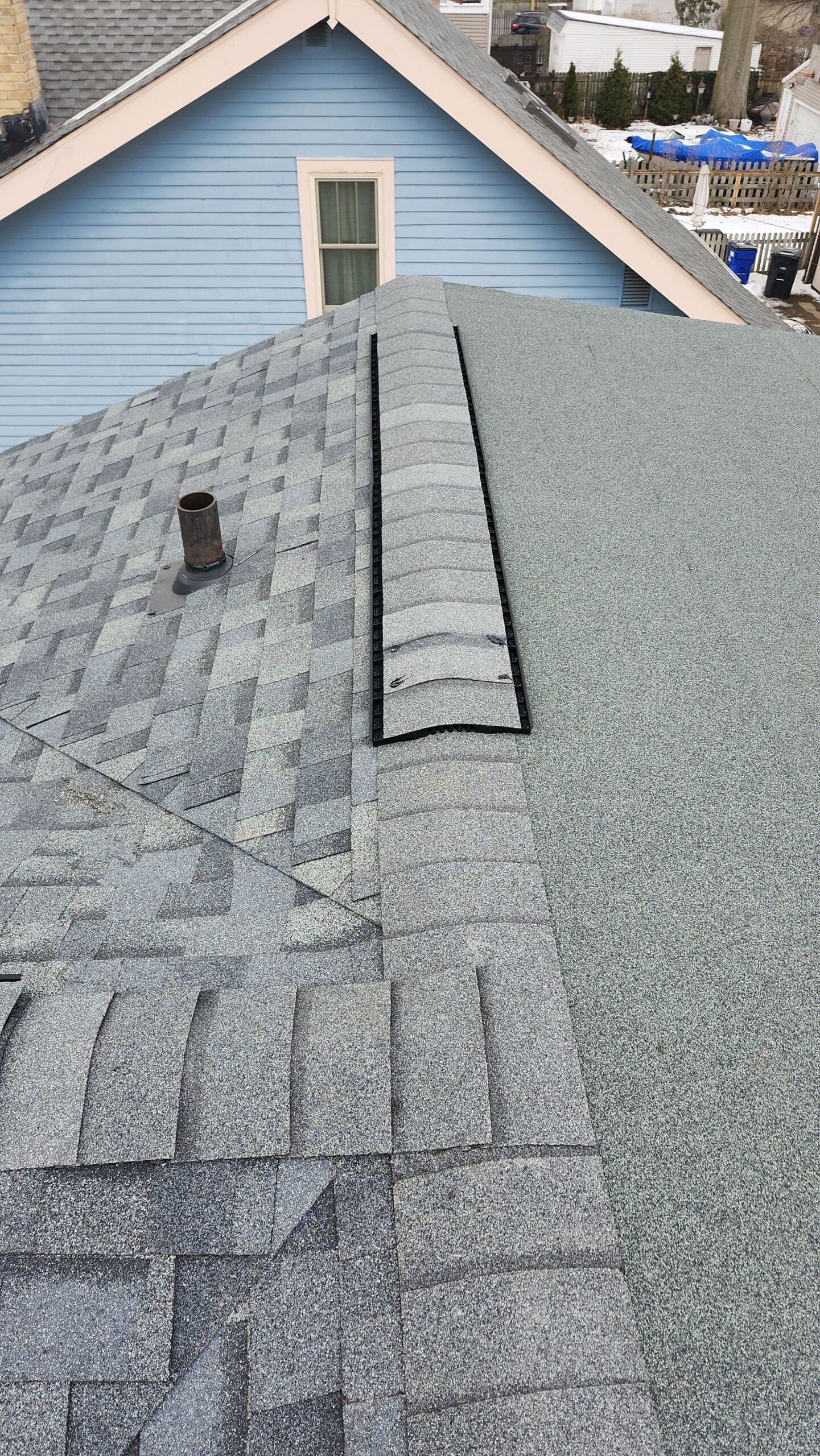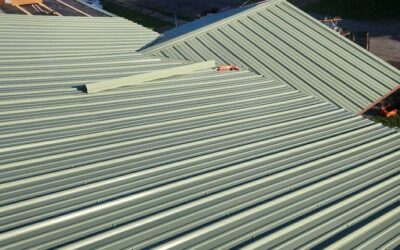Should I Call a Roofer or My Insurance Company First for Roof Damage?
When your roof sustains damage, whether due to a storm, fallen tree, or another unforeseen event, one of the first questions that may come to mind is, “Should I call a roofer or my insurance company first?” It’s a common dilemma, and understanding the process of handling roof damage claims can make all the difference in the outcome of your repair or replacement.
In this comprehensive guide, we will walk you through the steps you should take when you find yourself dealing with roof damage and help you decide the best course of action. We will cover topics like:
- The role of your insurance company in roof damage claims
- Why calling a roofer first can be beneficial
- What to do if you are unsure about the extent of the damage
- What factors should influence your decision on whether to call your roofer or insurance company first
- Best practices for dealing with insurance claims for roof damage
Whether you live in Cleveland, Beachwood, Lakewood, Medina, or another city in Northeast Ohio, it’s essential to understand the proper steps to take to ensure your roof is repaired or replaced without unnecessary complications. Let’s dive into the specifics of this process.
Why is Roof Damage a Big Deal?
Roof damage is often more than just an aesthetic issue. It can lead to a variety of problems that impact your home’s structural integrity, energy efficiency, and overall safety. Some common causes of roof damage include:
- Severe weather: Hail, heavy winds, and snowstorms can cause shingles to crack, curl, or even blow off completely.
- Falling objects: Branches, trees, or debris can damage your roof, puncturing shingles or causing leaks.
- Old age: Over time, roofing materials can degrade, leading to leaks, sagging, or other problems.
- Improper installation: A roof that wasn’t installed correctly can develop problems sooner than expected.
When roof damage occurs, it’s essential to address it quickly to prevent further issues such as leaks, mold, or water damage inside your home. So, what should be your first step when you realize that your roof has been compromised?
Step 1: Assessing the Damage
Before you decide whether to call a roofer or your insurance company first, you must assess the damage. If you are unsure about the extent of the damage or if it is safe to inspect the roof yourself, it is a good idea to call a professional roofing contractor to evaluate the situation.
Can You Inspect the Roof Yourself?
If the damage appears to be minor, and it’s safe to do so, you may attempt a quick inspection yourself. Look for the following:
- Missing or cracked shingles
- Damaged flashing
- Leaks inside your attic or ceilings
- Sagging roof decking
- Fallen debris or trees
However, inspecting your roof from the ground is not always sufficient. A professional roofer has the right tools and experience to fully assess the damage, which brings us to the first option—calling a roofer.
Step 2: Should You Call a Roofer First?
Calling a local roofer is usually the best first step when dealing with roof damage. Here’s why:
1. Immediate Damage Assessment
A roofing contractor can assess the full extent of the damage quickly. For instance, if a storm recently passed through Twinsburg, Chagrin Falls, or Euclid, a roofer will know how to inspect your roof for hail damage, wind damage, and other types of issues that could go unnoticed from the ground.
While you may be able to spot missing shingles or visible leaks, a roofer can inspect hidden areas of your roof that may be affected. They will also be able to give you an accurate estimate of the repair or replacement costs and identify whether the damage qualifies for an insurance claim.
2. Preventing Further Damage
If you don’t address roof damage immediately, it can lead to more extensive issues over time, such as water leaks, mold growth, or structural damage. A roofer can help mitigate this by covering or tarping over areas that are exposed to the elements, minimizing the risk of further damage.
3. Documentation for Insurance Claims
A roofing contractor can take photos of the damage, create a detailed report, and provide evidence that you can present to your insurance company. This can streamline the claims process, ensuring you don’t miss out on the coverage you’re entitled to. When you submit photos and reports from a professional roofer, it can provide more credibility to your claim.
4. Guidance on Whether to File a Claim
A roofer can also guide you on whether it’s worth filing an insurance claim. In some cases, the damage may be minor enough that repairs don’t justify making a claim, while in other situations, a claim may be necessary. Roofing professionals can give you the advice you need to make an informed decision about moving forward.
Step 3: When Should You Call Your Insurance Company?
If the damage to your roof is significant, or if you believe the cost of repairs is going to exceed your deductible, you may need to call your insurance company to file a claim. Here are some key reasons why you should contact your insurance company first:
1. Insurance Coverage and Deductibles
If the roof damage is substantial, and the cost of repairs or replacement exceeds your deductible, your homeowner’s insurance policy may cover the costs. Before you make any repairs or replacements, it’s crucial to contact your insurance company to find out whether your policy covers the damage and what your deductible will be.
2. Know What to Expect from the Claims Process
By contacting your insurance company, you will be guided through the claims process. Insurance adjusters will schedule a time to inspect the damage and determine whether you are eligible for compensation. You may also learn about any restrictions, exclusions, or other requirements related to your roof damage claim.
3. Clarify the Coverage Limits
Your insurance policy may have specific limits regarding roof damage claims, such as only covering certain types of damage (e.g., storm-related vs. wear and tear). It’s important to understand your coverage limits and exclusions before you proceed with any roofing work. Calling your insurance company first ensures you know exactly what is covered.
4. Avoid Unnecessary Repairs
In some cases, making repairs before contacting your insurance company could result in your claim being denied. For example, if you fix your roof before your insurance adjuster has a chance to inspect the damage, it may be difficult for them to assess the full scope of the issue. It’s typically best to wait for the insurance adjuster’s assessment, especially if you intend to file a claim for replacement.
Step 4: What Happens If You Call a Roofer First?
If you choose to call a roofer before contacting your insurance company, you may still be able to file a claim later. Here’s what you should keep in mind:
1. Work with a Reputable Contractor
When you call a roofer first, it’s essential to ensure that they are reputable and experienced with working with insurance companies. A professional roofer can help you document the damage, take detailed photographs, and provide an accurate estimate for the repairs or replacement. This documentation will be important when submitting your claim to the insurance company.
In Beachwood and Shaker Heights, roofers familiar with the claims process can often assist homeowners in navigating this complex procedure. Be sure to choose a roofing company with experience in insurance claims to ensure the process goes smoothly.
2. Know When to Stop
If you’ve already made repairs before contacting your insurance company, stop once you’ve made temporary fixes. If your roofer has tarped the roof or secured a few damaged shingles, don’t proceed with more permanent work until your insurance company has assessed the damage. This will ensure that your claim isn’t jeopardized.
Step 5: Final Steps in the Roof Damage Claims Process
Once you have either called a roofer or your insurance company first, there are a few final steps you need to take to complete the process.
1. File Your Claim and Submit Documentation
If you’ve called your insurance company first, they will likely send an adjuster to inspect the damage. If you’ve already contacted a roofer and have documentation and estimates, submit this information to your insurer to speed up the process.
2. Wait for the Adjuster’s Decision
After the adjuster inspects the damage, they will provide you with an estimate for how much the insurance company is willing to cover. Depending on your policy, this may cover some or all of the costs for repair or replacement.
3. Choose a Roofing Contractor
Once your claim is approved, you can work with your roofing contractor to schedule the necessary repairs or replacement. Make sure to keep in mind your deductible and the amount that your insurance company will pay for the repairs.
Conclusion
In the event of roof damage, the first step is assessing the damage and deciding whether to call a roofer or your insurance company. Both options have their merits, and the right choice will depend on the severity of the damage and your insurance coverage.
For minor roof damage, calling a roofer first can help prevent further issues and provide valuable documentation for your insurance claim. For more significant damage, it’s important to contact your insurance company early to understand your coverage and avoid jeopardizing your claim.
By understanding your options and the claims process, you can ensure that your roof gets the repairs it needs while minimizing stress and confusion.
At S&K Construction and Remodeling LLC, we specialize in roofing services in Youngstown, Twinsburg, Medina, and throughout Northeast Ohio. Whether you need help navigating the insurance claims process or need reliable roof repairs, our team is here to help. Contact us today to schedule a consultation or learn more about how we can assist with your roof damage needs.
 (440) 307-2060
(440) 307-2060


